Afro Hair: Meaning, Styles & Care Guide
The afro is more than a haircut – it’s a celebration of texture, identity and self‑expression. Once synonymous with the Black pride movement of the 1960s and ’70s, the rounded halo of curls has endured as a timeless statement that transcends gender, age and ethnicity.
Today’s generation wears their coils with pride and plays with shape, colour and accessories to make the look their own. If you’re intrigued by the voluminous silhouette but aren’t sure where to start, this guide covers the afro’s cultural roots, modern styling ideas for men and women, tips for keeping your hair healthy and how to experiment virtually with BlondeFilter’s AI hairstyle filter before taking the plunge.



Click or drag photos here to upload
Supports JPG, PNG formats, max 5MB, JPEG format recommended
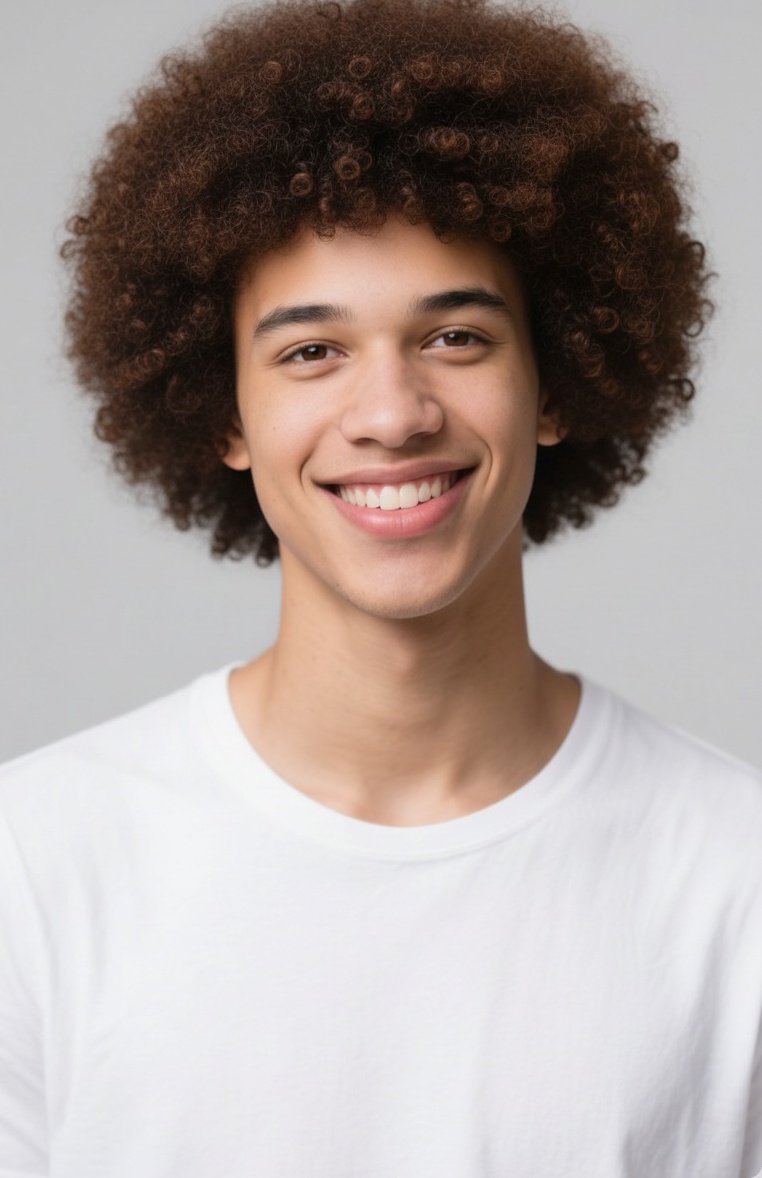


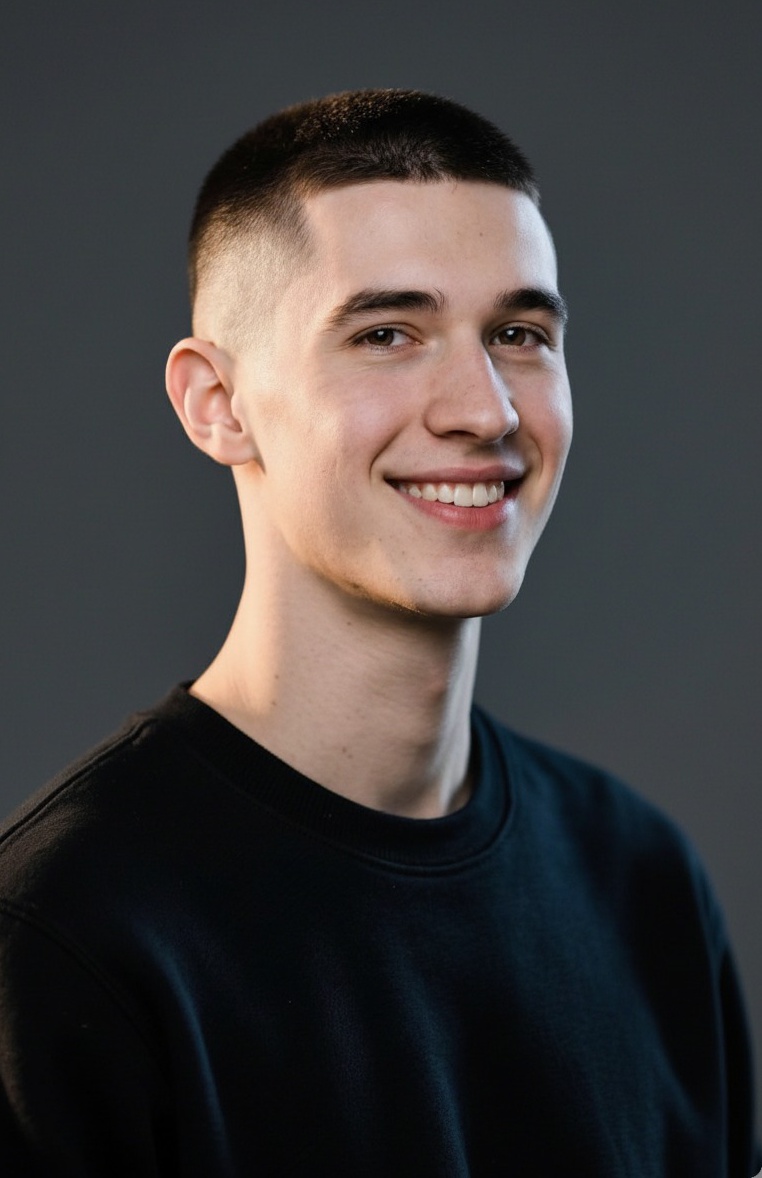
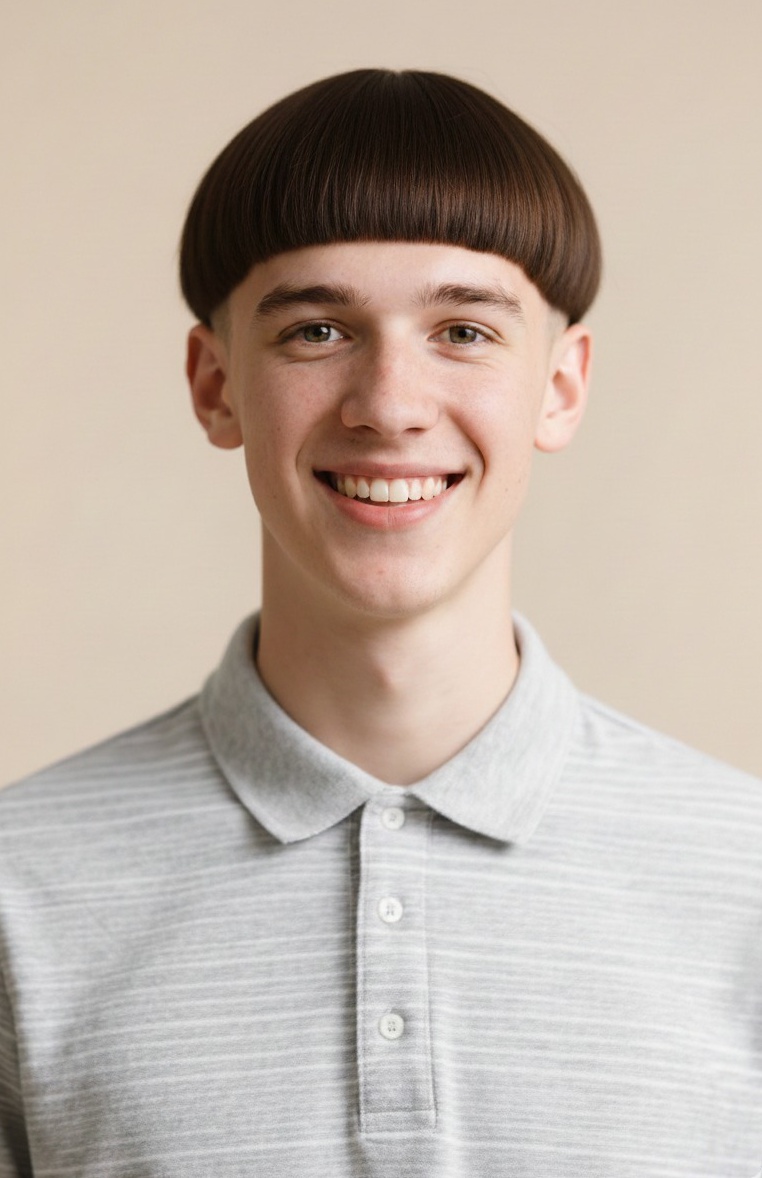
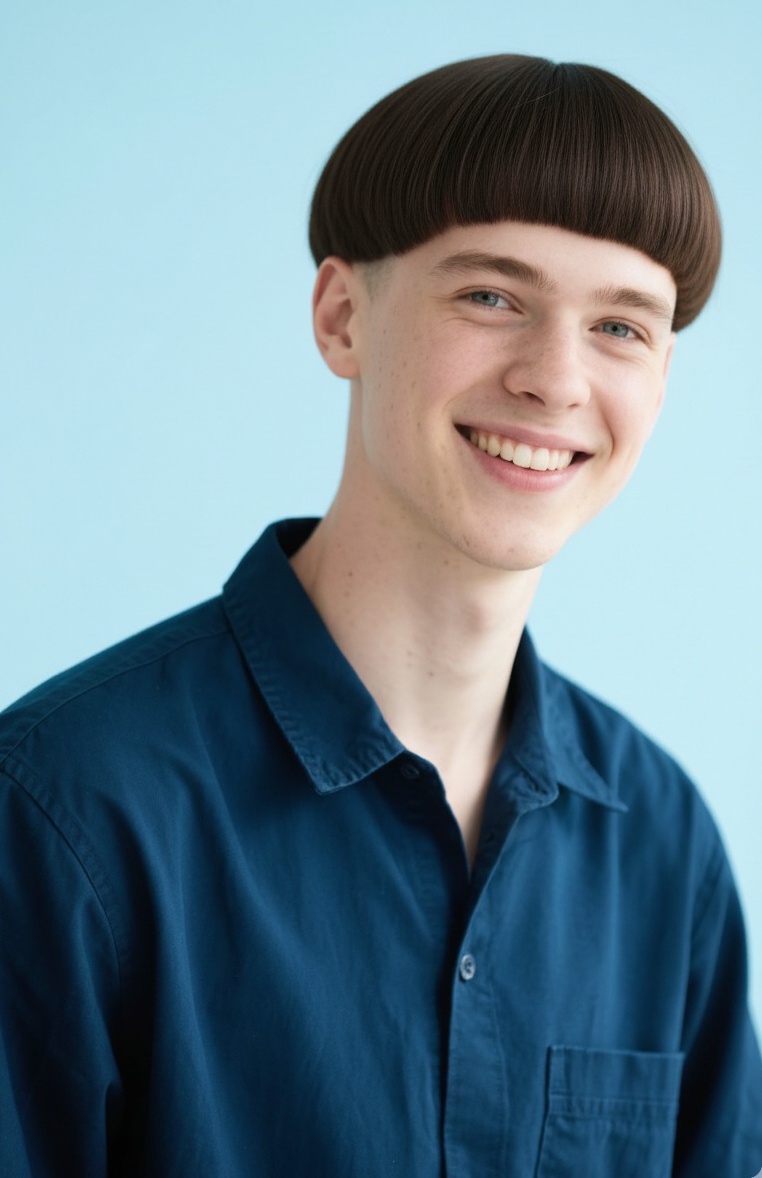
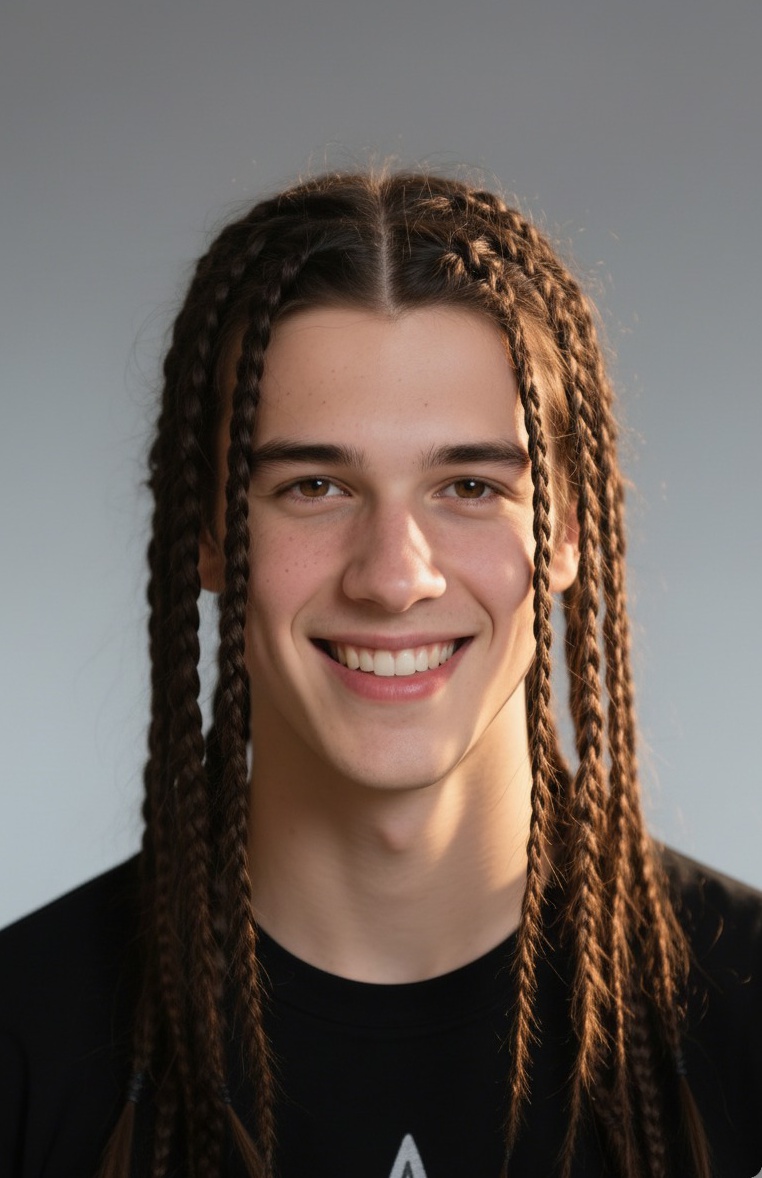
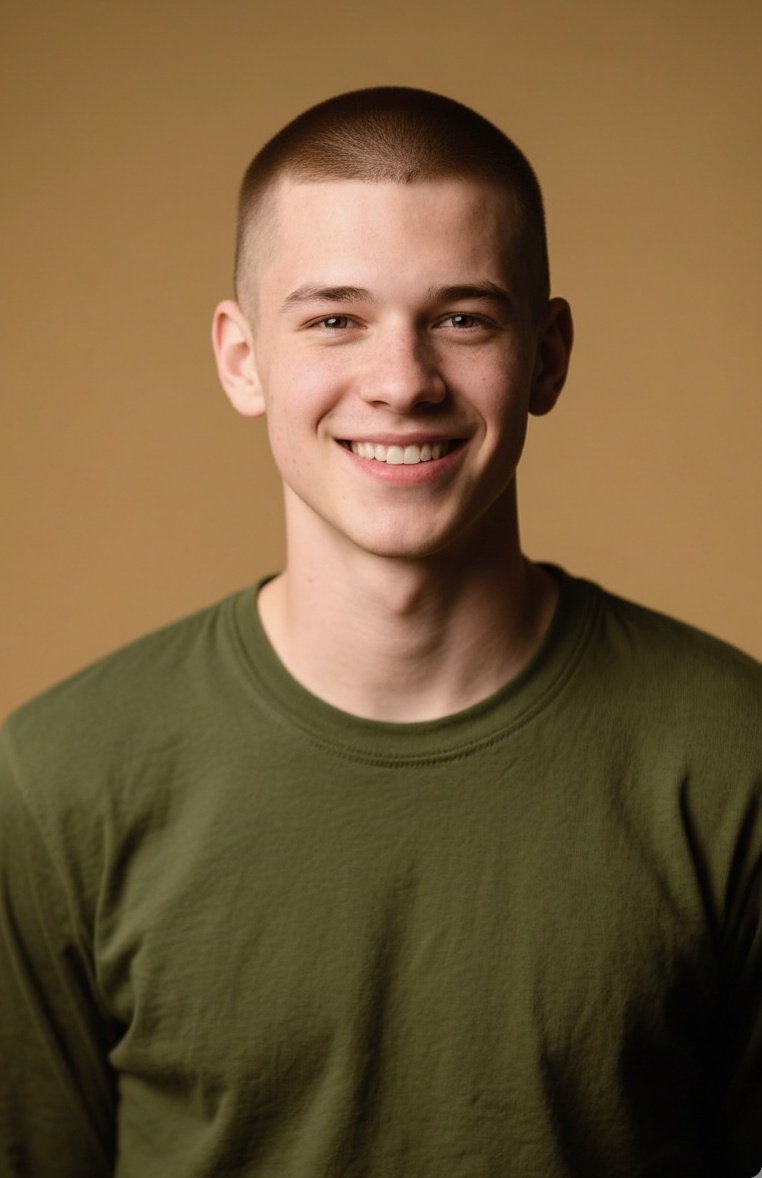
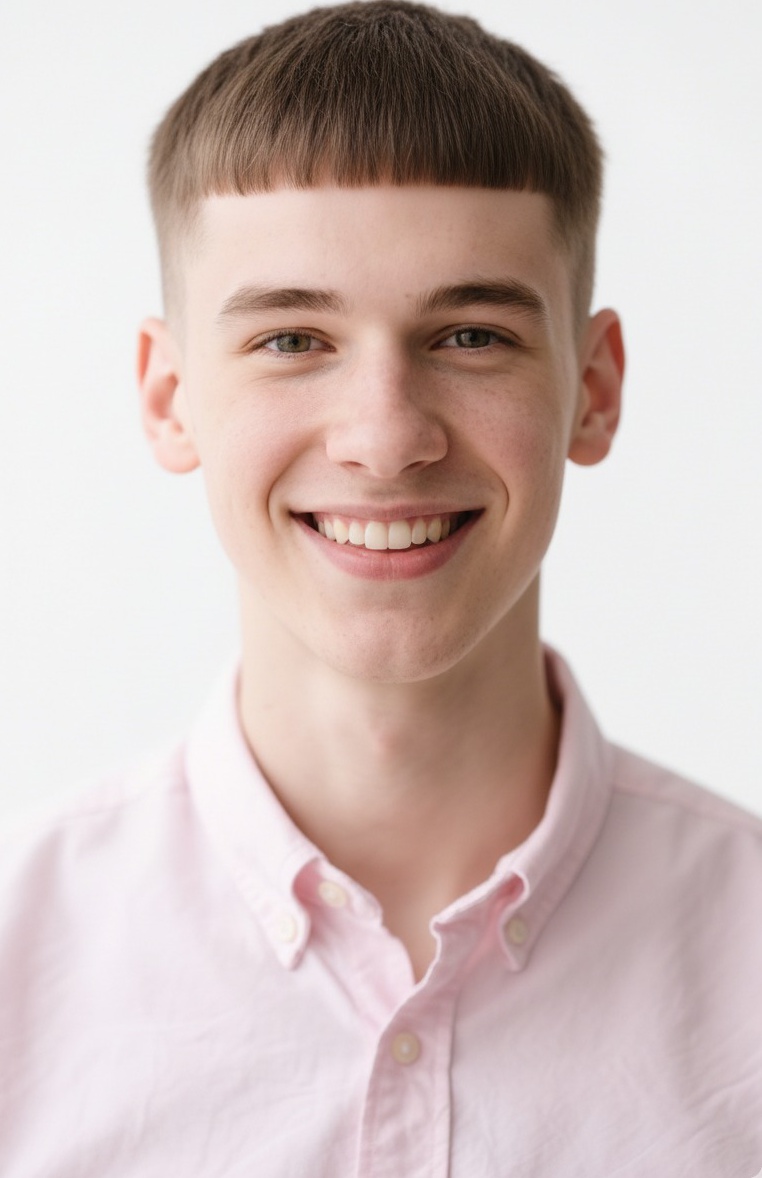
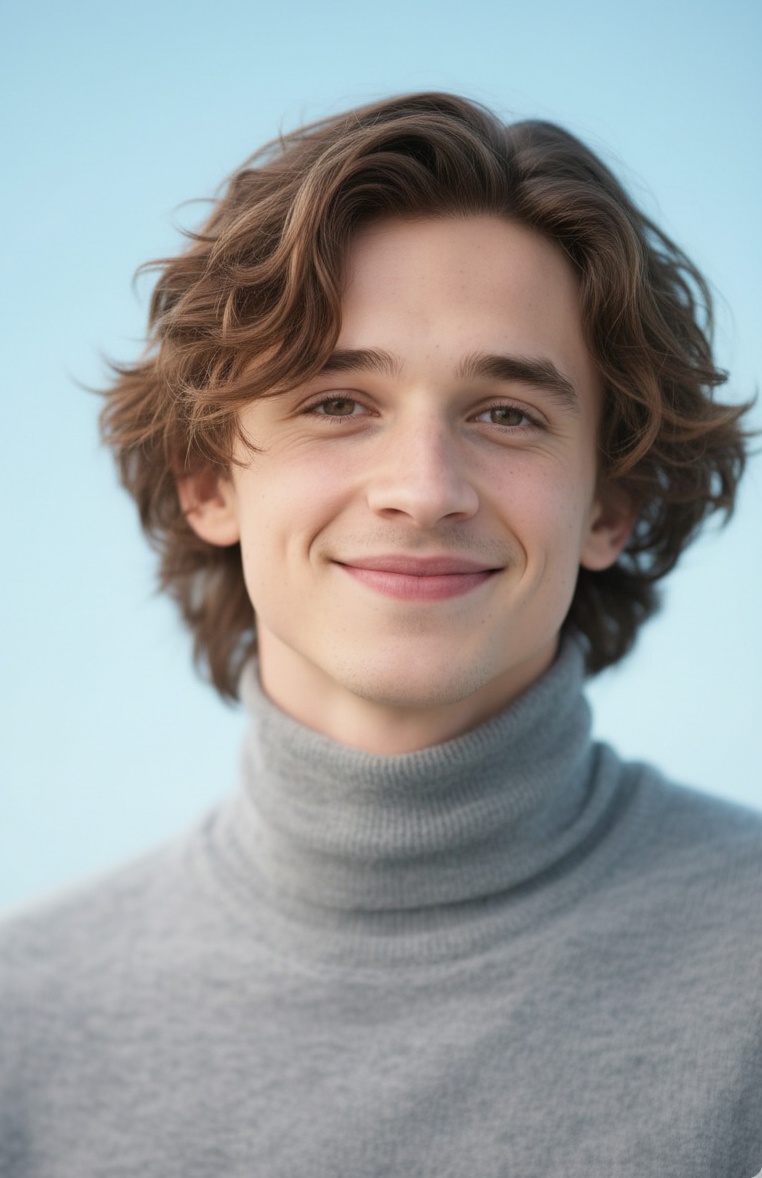


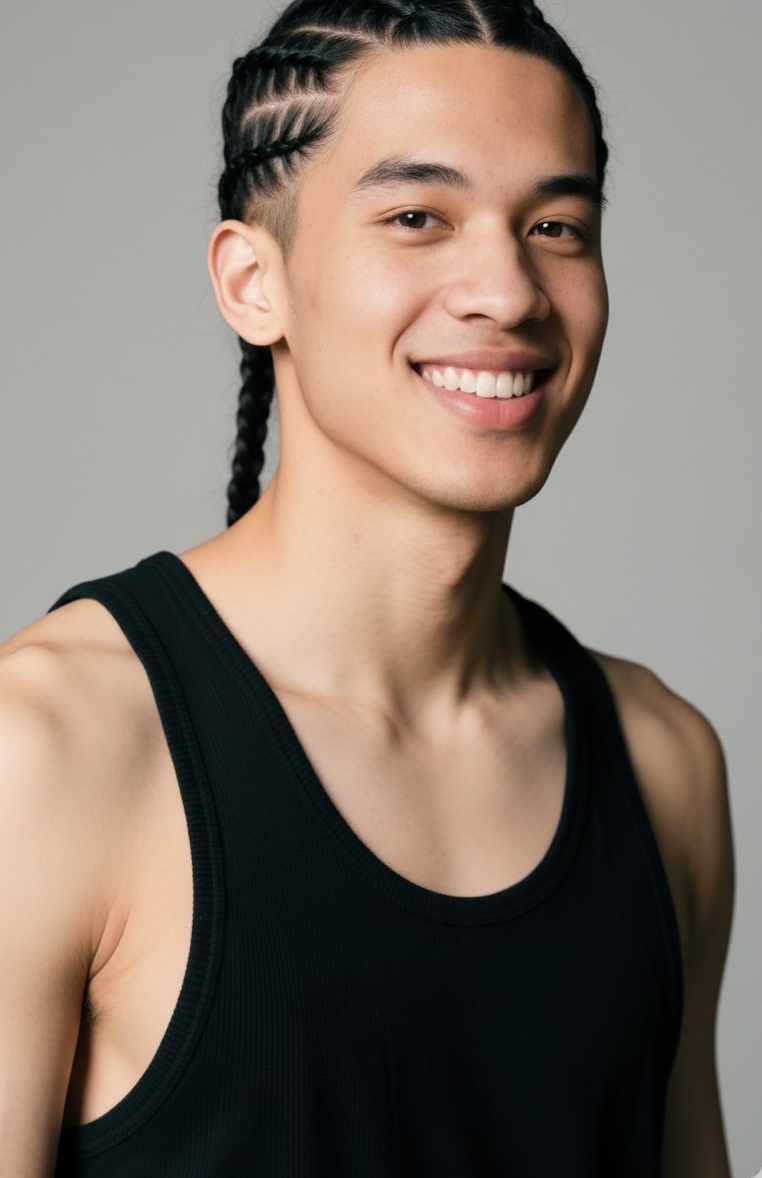
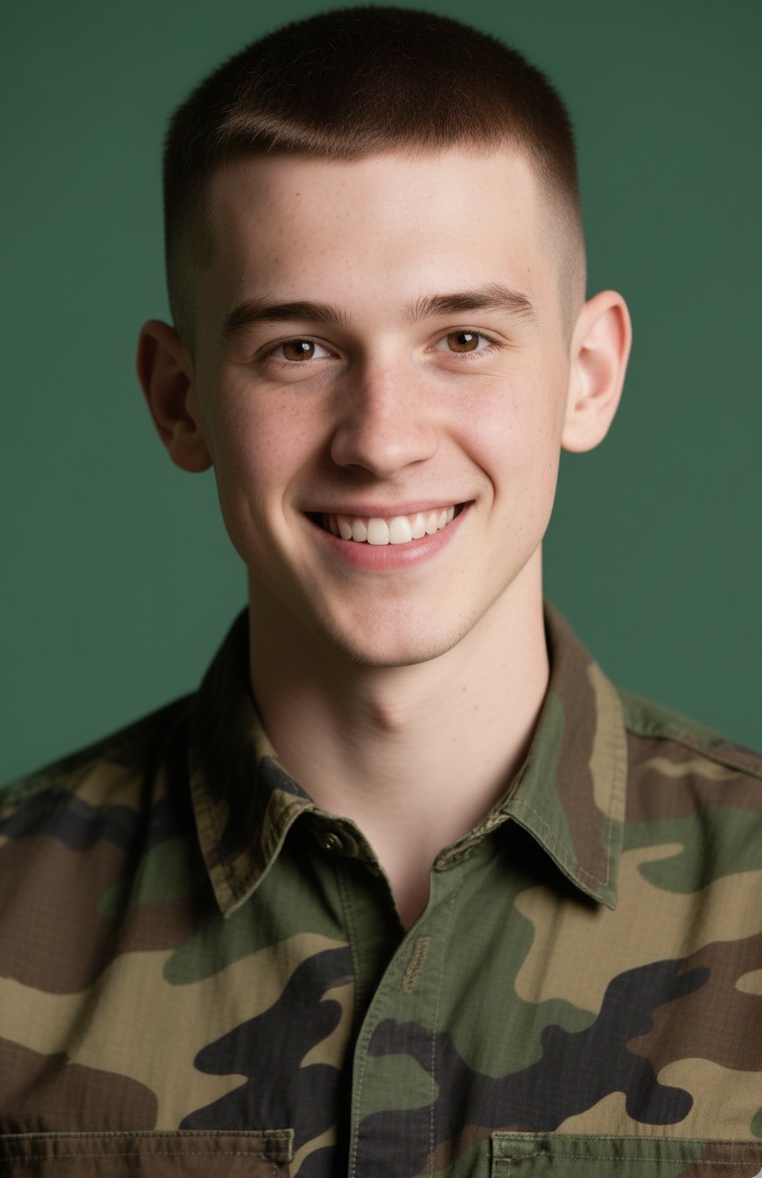
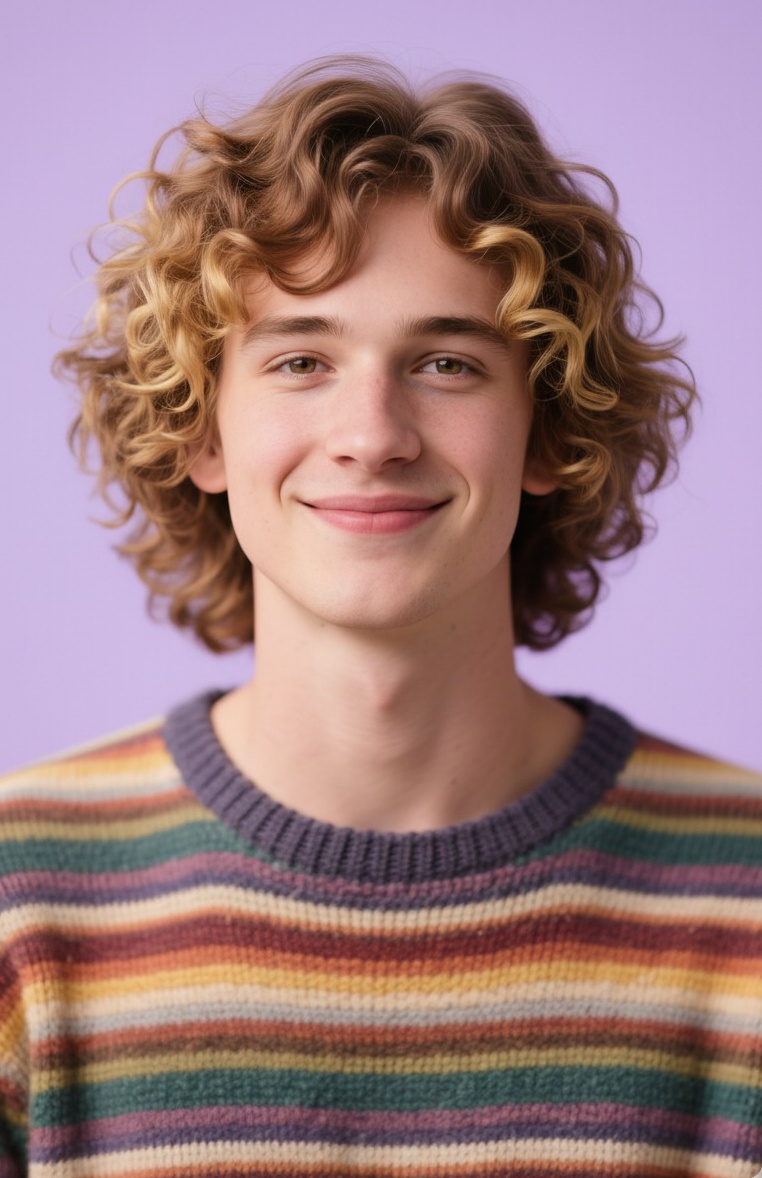
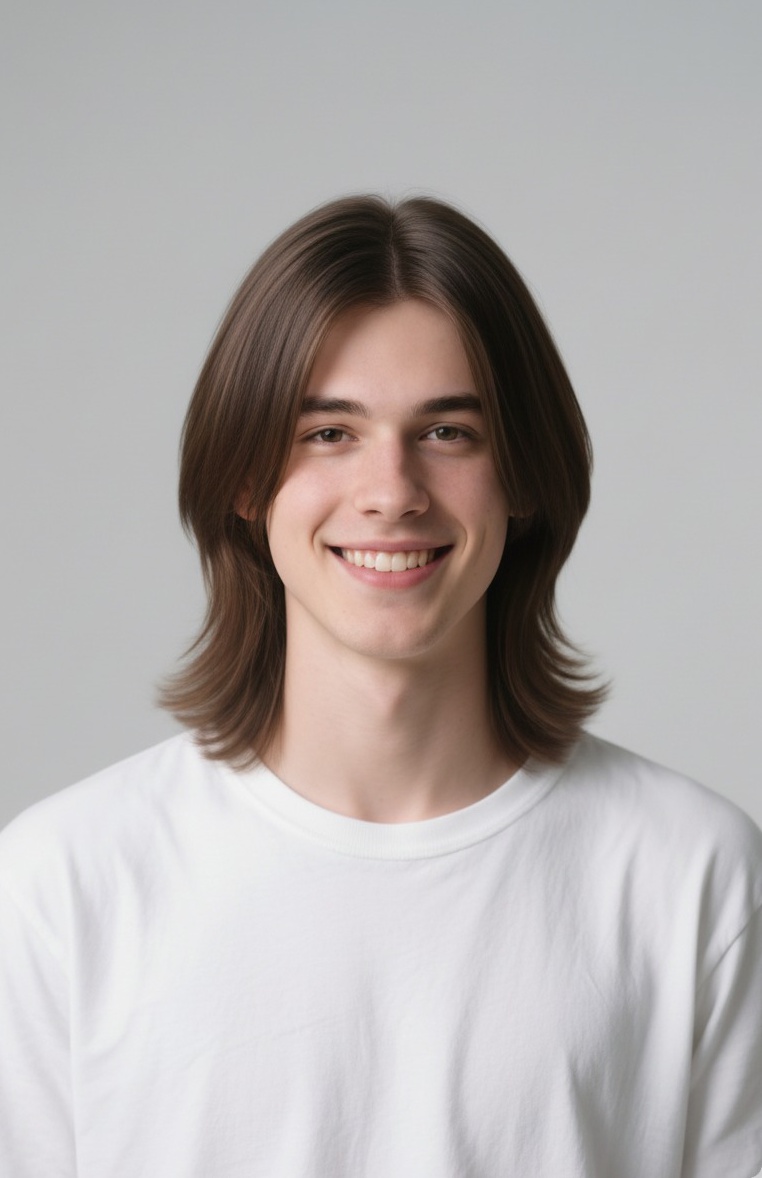
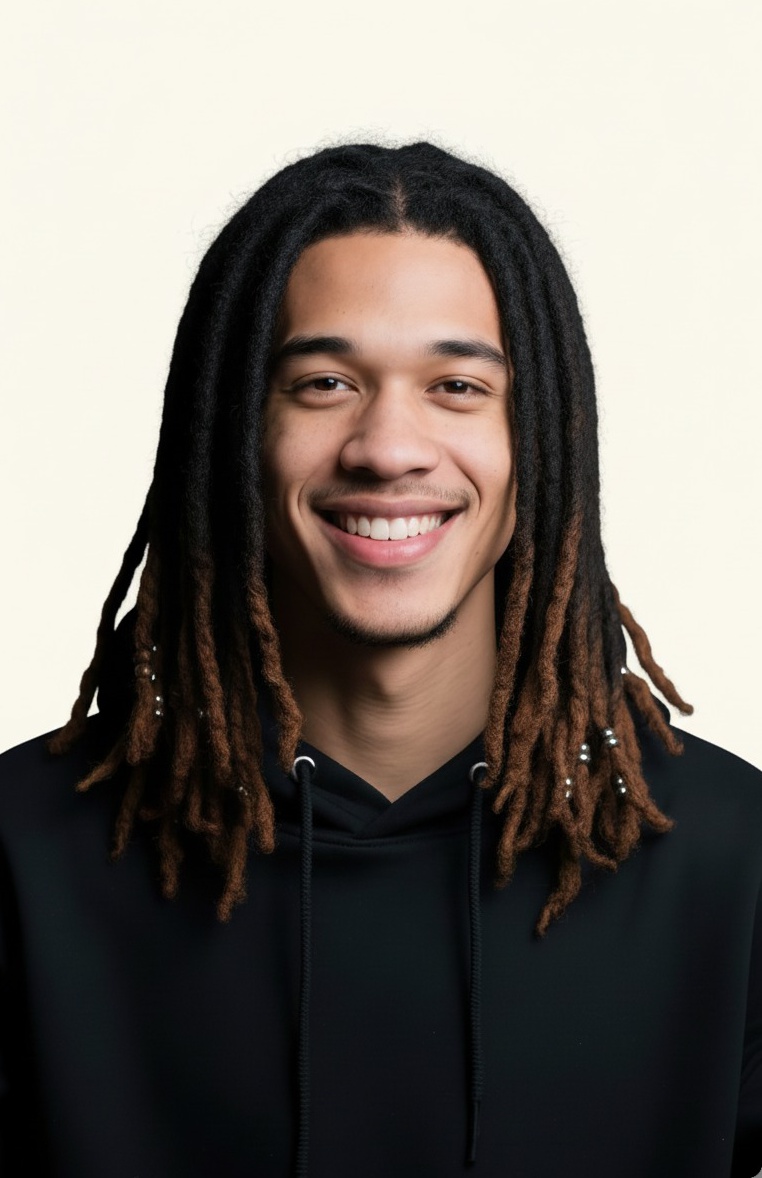
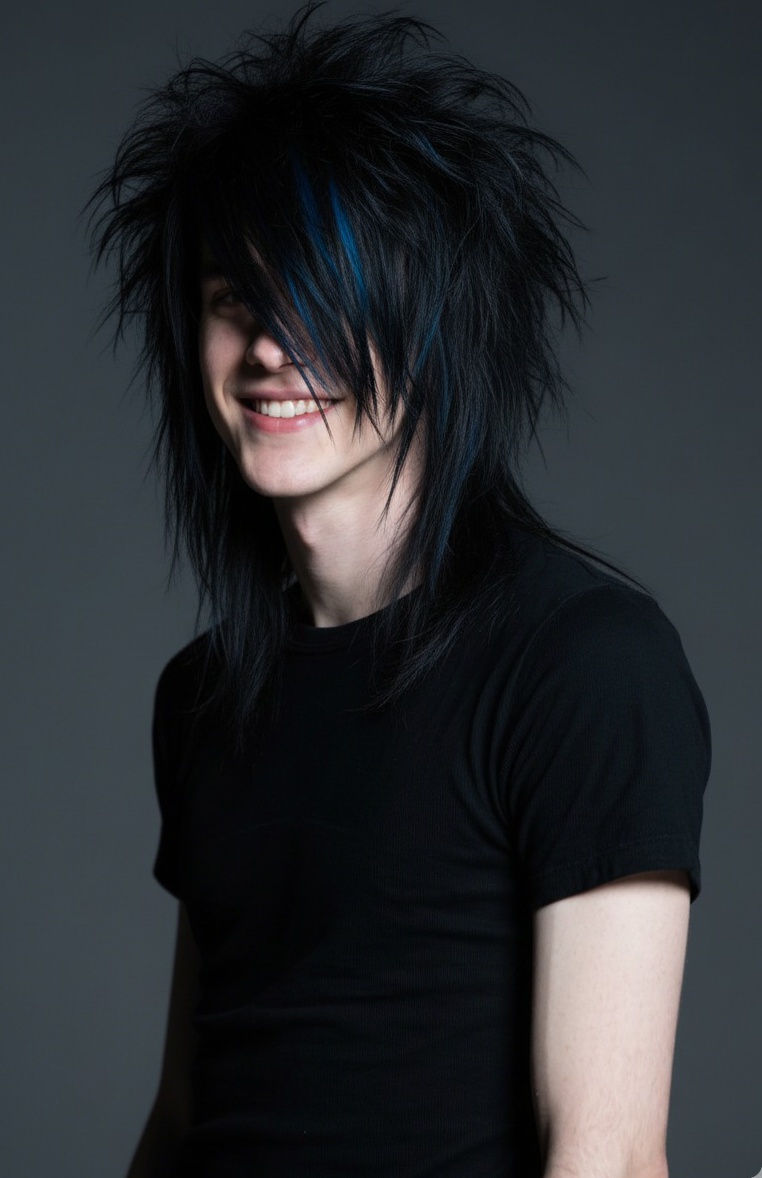

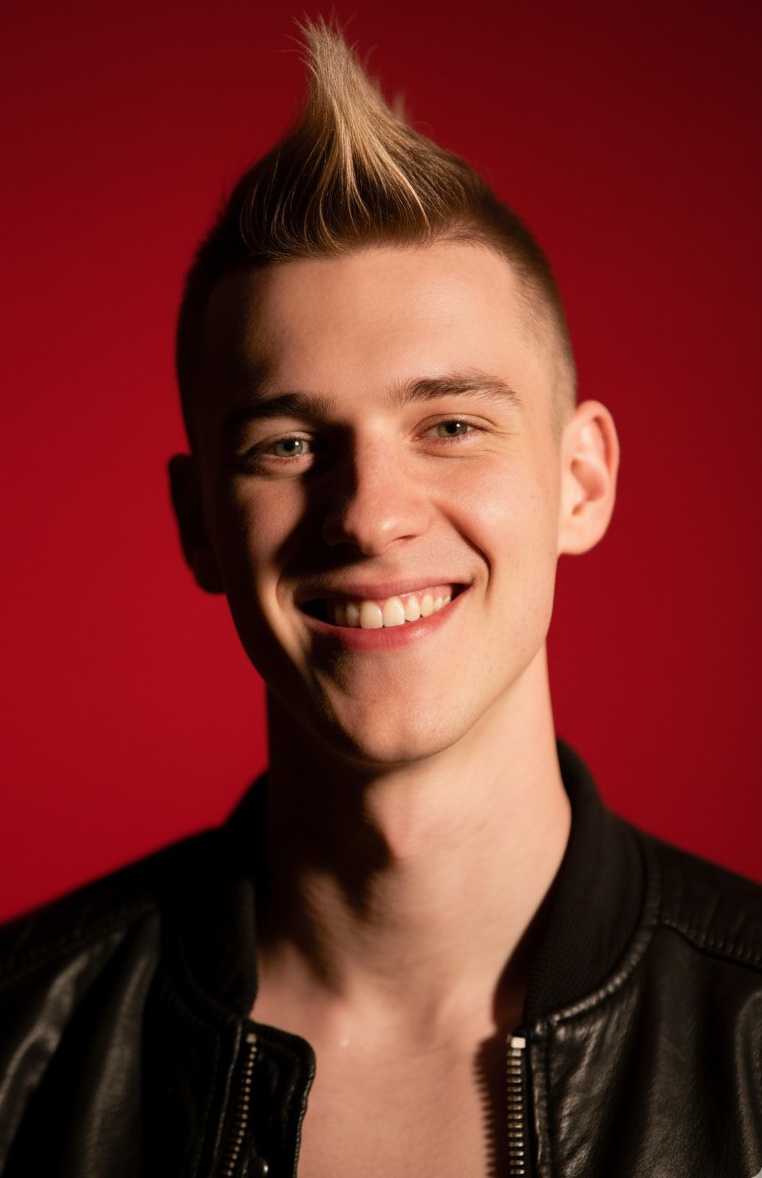
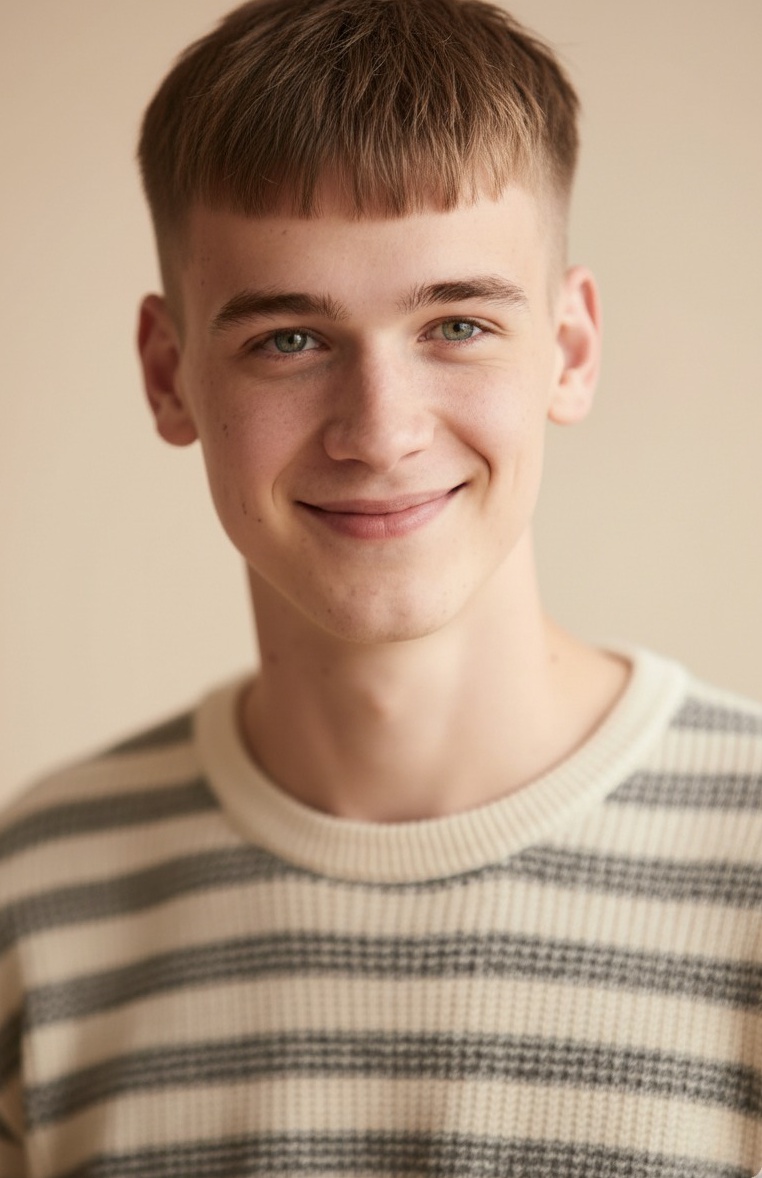




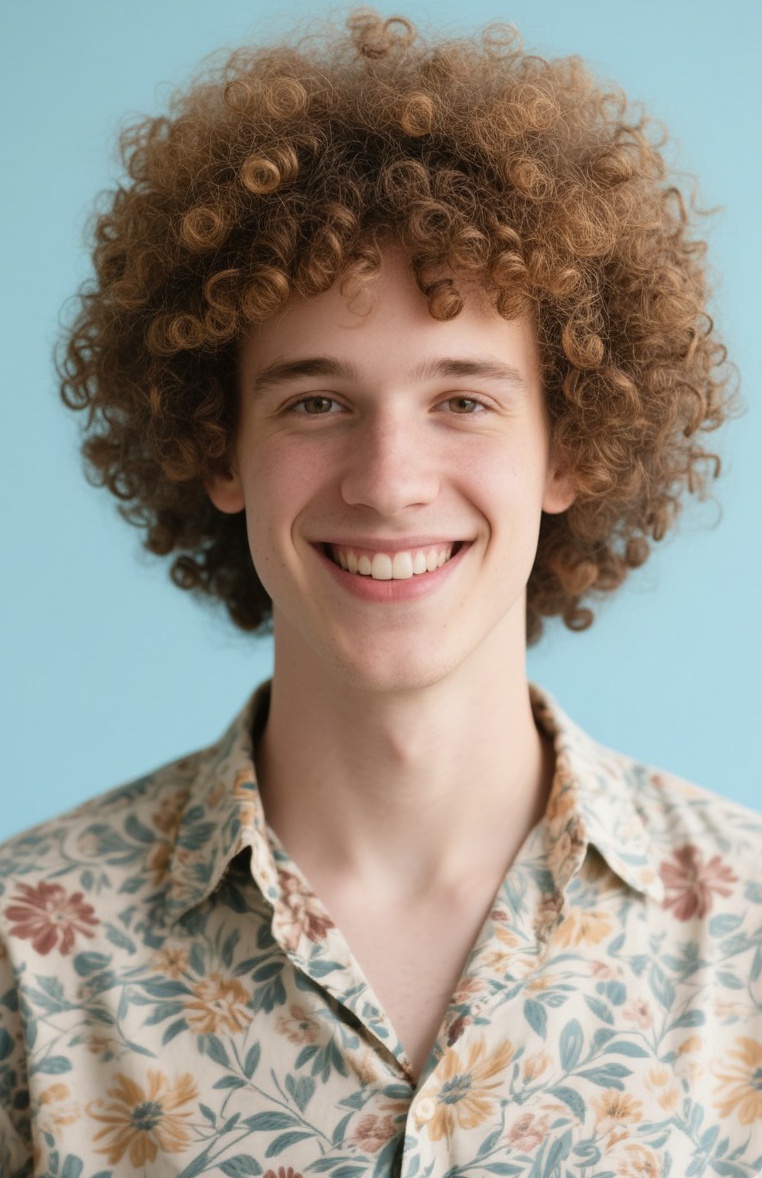

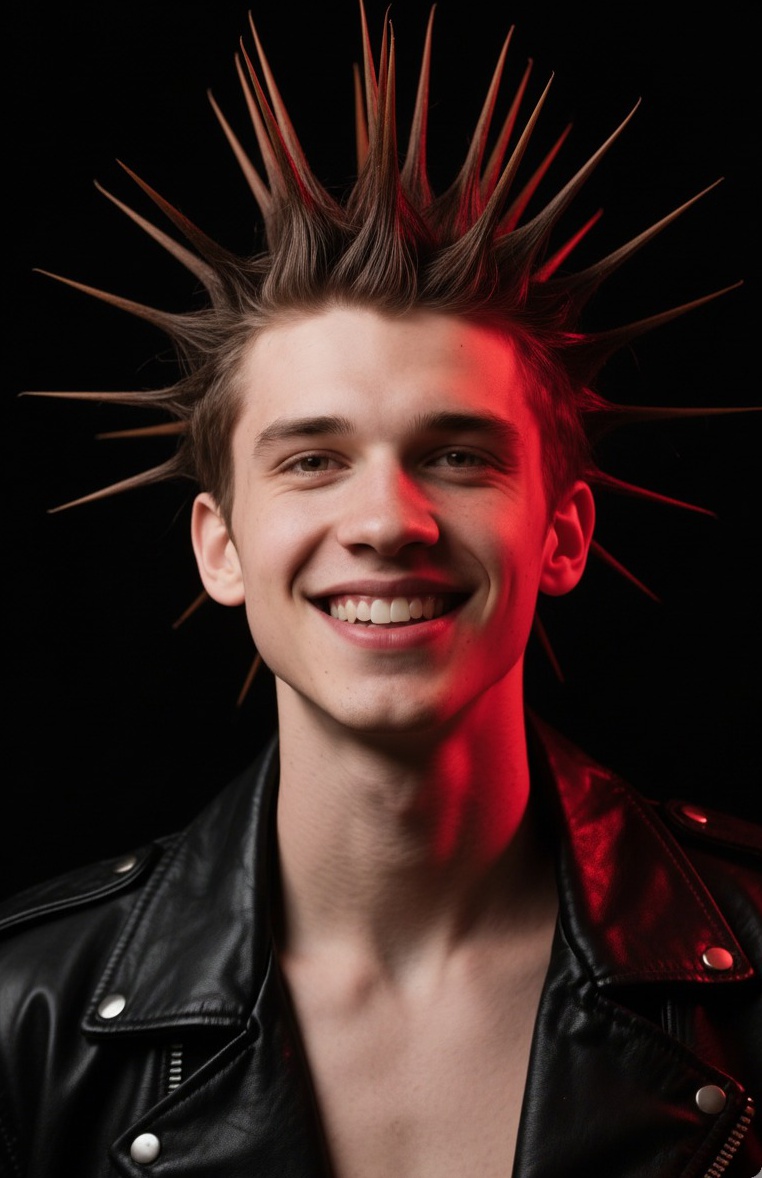
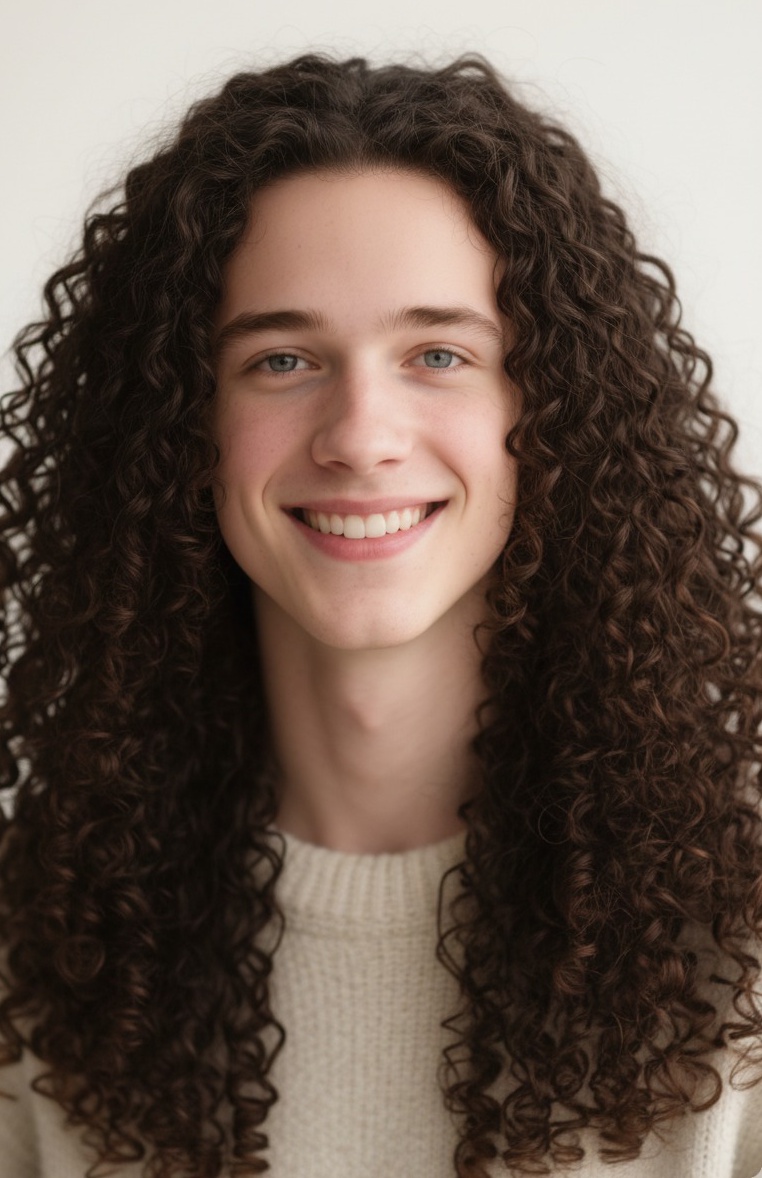
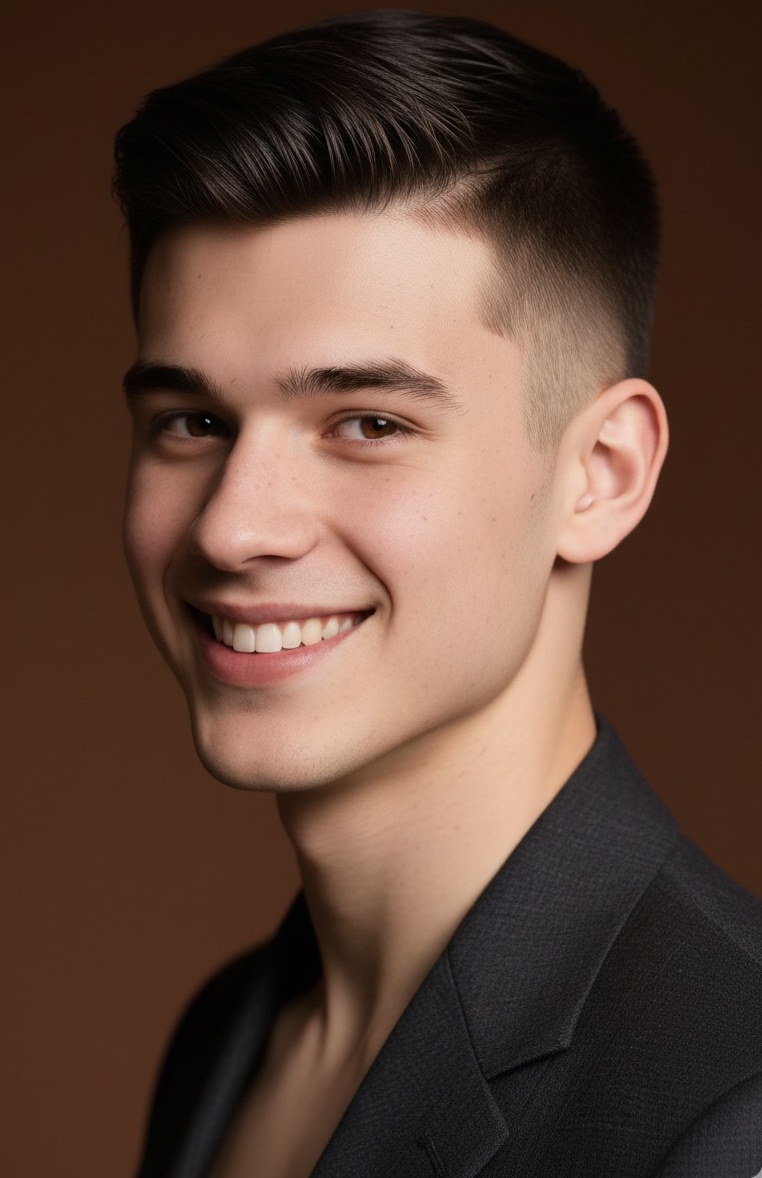
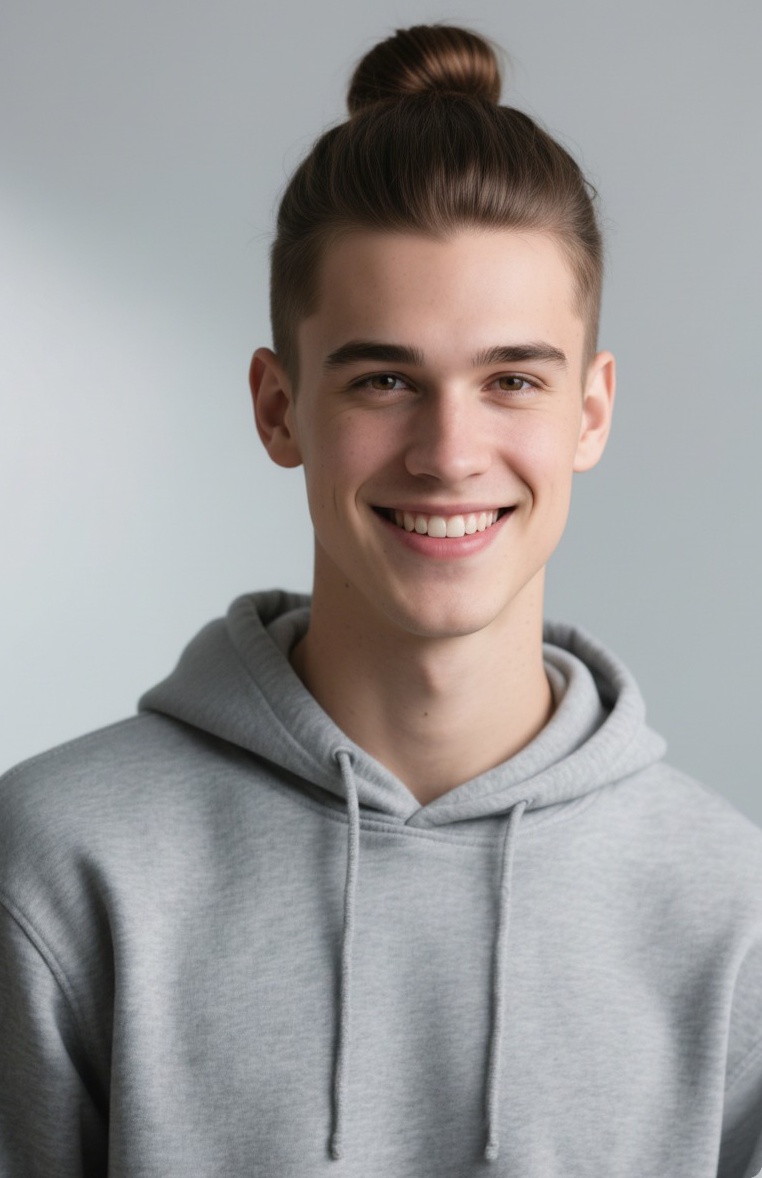

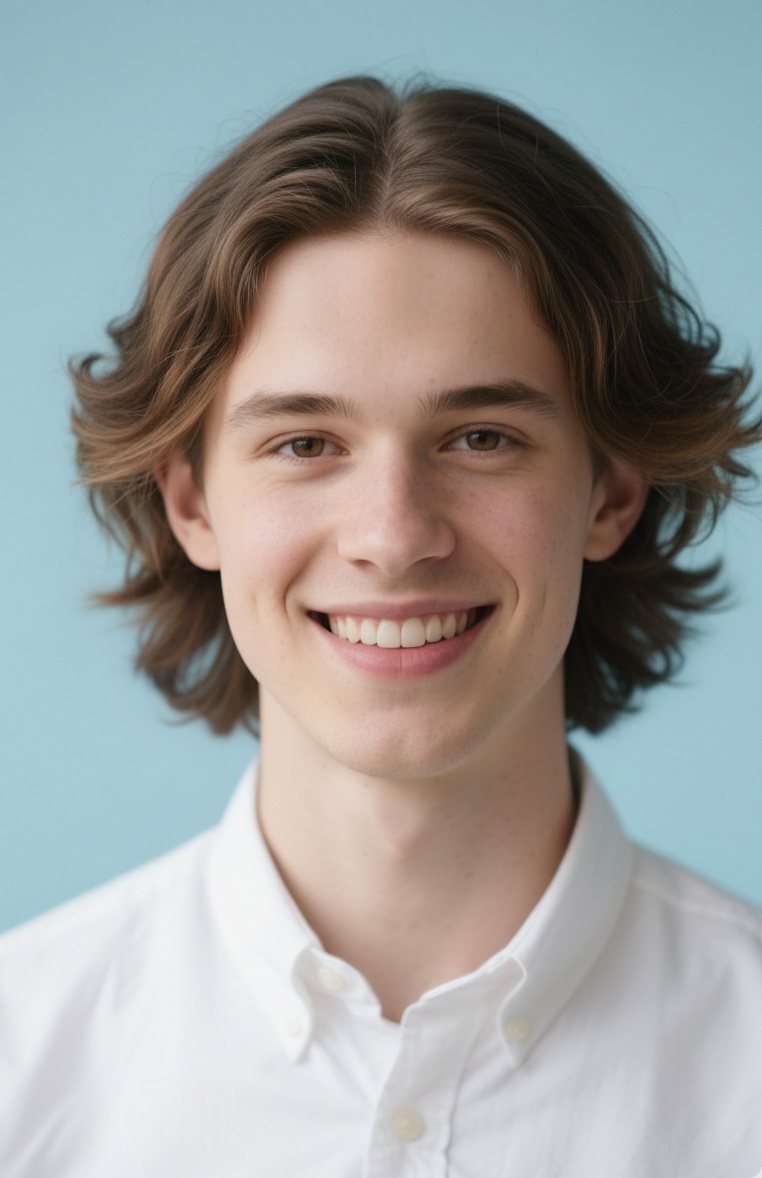





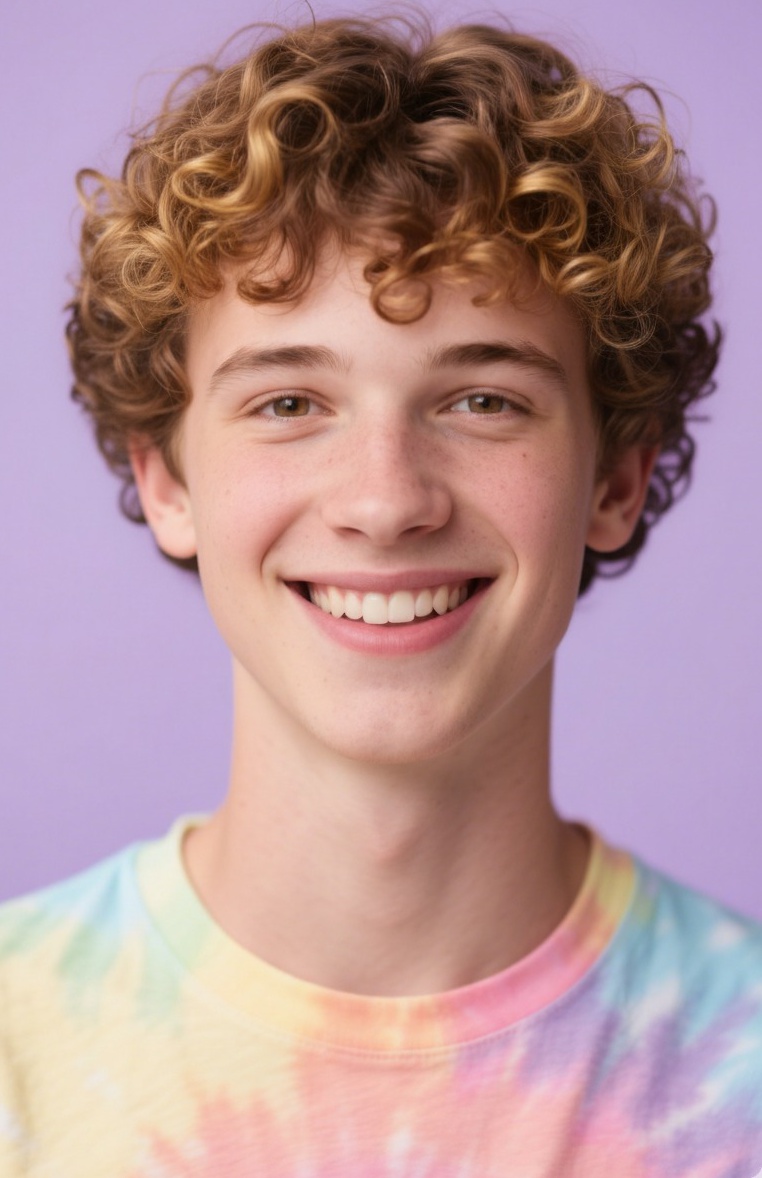

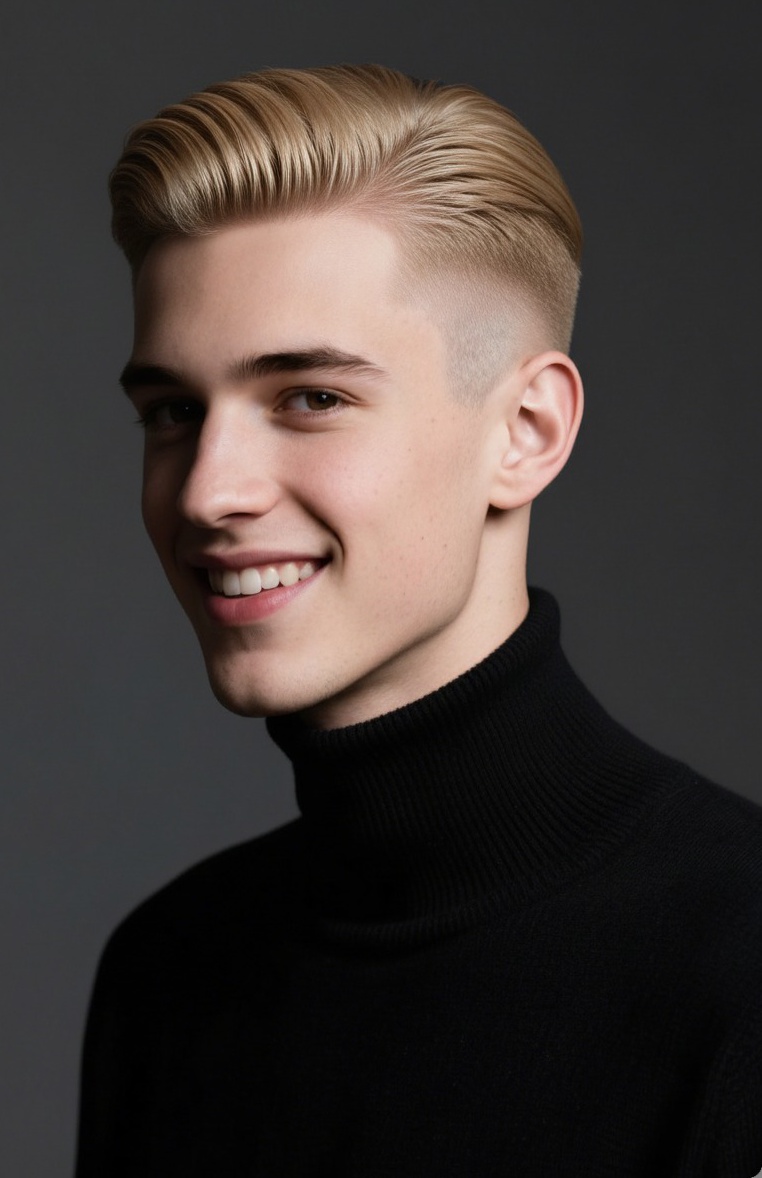
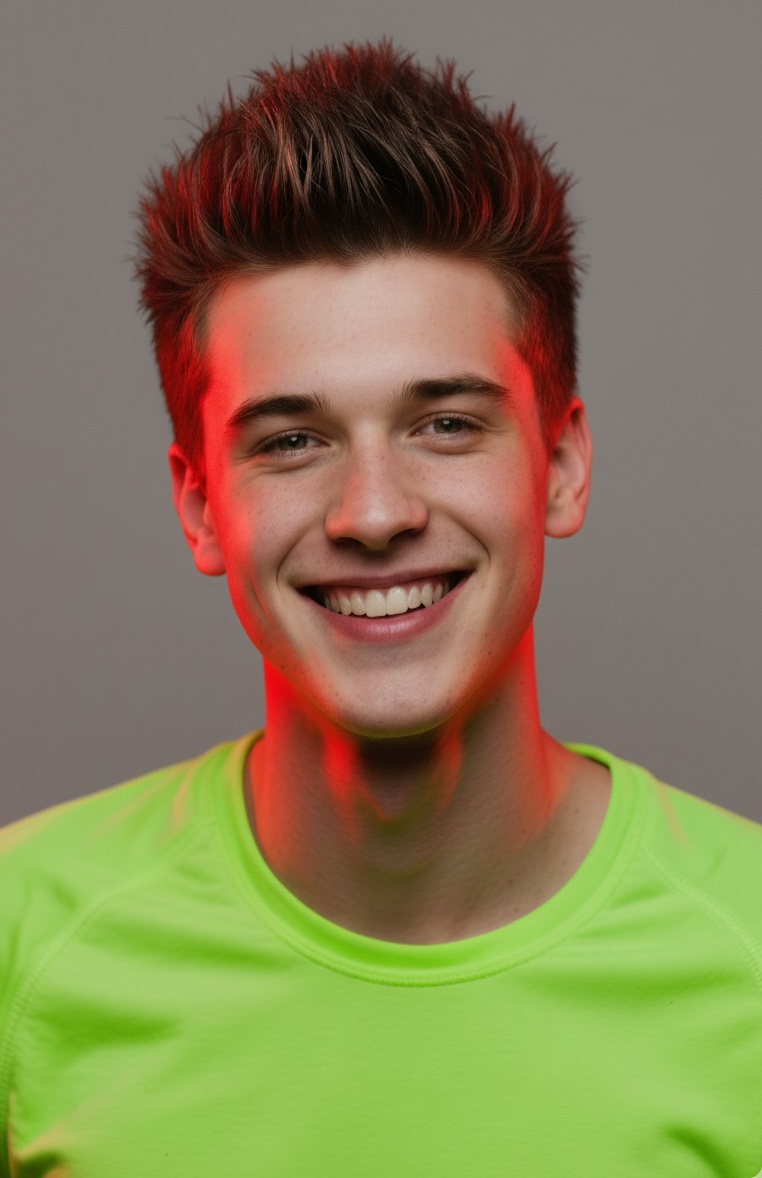


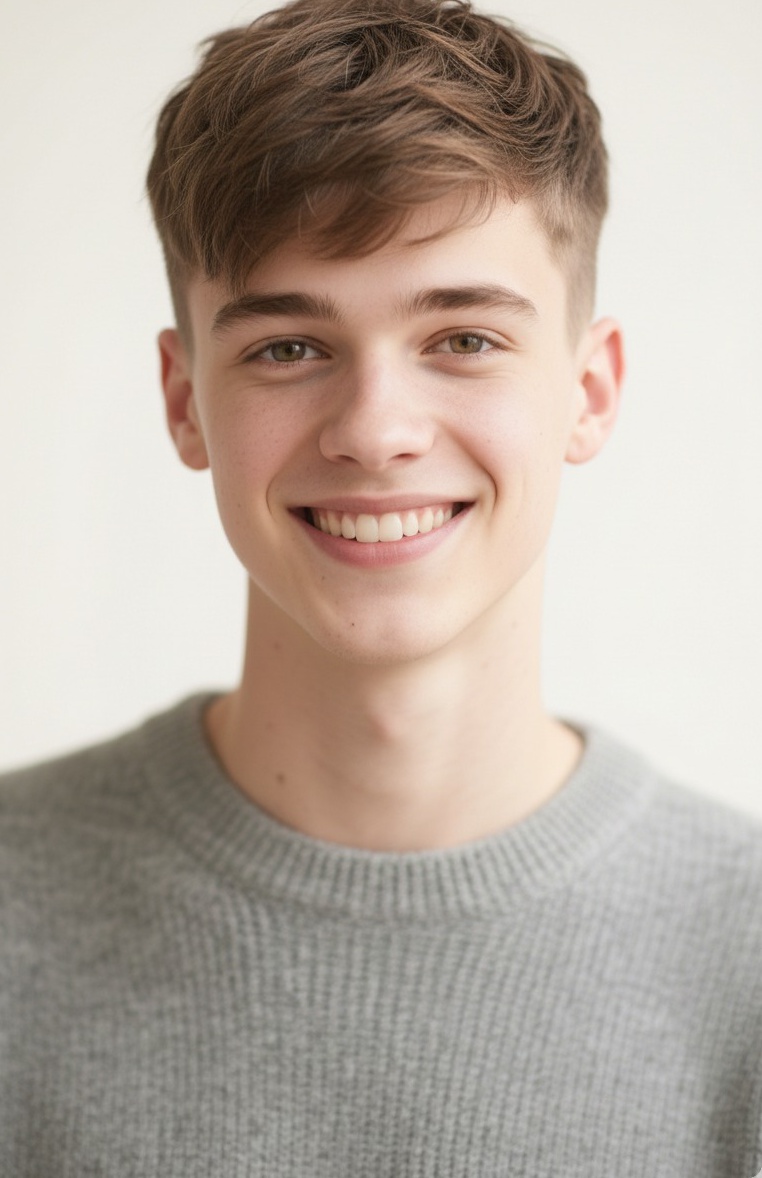



Choose your preferred style, then upload and process your photo on the left
What Is Afro Hair?
Afro hair describes hair that grows with a tight curl pattern and a natural tendency to lift away from the scalp. When those curls are combed out and shaped into a sphere, the result is the iconic “cloud” of coils known simply as the afro. The name itself comes from “Afro‑American” and gained prominence during the Civil Rights era, when Black activists and artists adopted natural styles as a form of resistance and cultural pride. Wearing an afro sent a powerful message: embracing natural texture was beautiful and political. Over time, people of all backgrounds have explored the look – some because they have naturally curly hair, others via wigs or perm rods – and today it has evolved into a unisex hairstyle that can be tailored to any face shape.
A Brief History and Etymology
Early in the twentieth century, straightening one’s hair was seen as the ticket to social acceptance. The afro challenged those norms. In the late 1960s, civil‑rights leaders like Angela Davis and entertainers such as the Jackson 5 made the style mainstream; the halo of curls became a symbol of freedom and strength. Despite dips in popularity, afros came roaring back in the 1990s and 2000s with modern twists and colours. In recent years, legislation like the CROWN Act has helped protect natural hairstyles in workplaces and schools, reinforcing that curly, kinky and coily textures are professional and presentable. That cultural context makes the afro a hairstyle with meaning: it tells a story of resilience, heritage and individuality.
Who Can Wear an Afro?
One of the most frequently asked questions on search engines is whether someone who isn’t Black can call their hairstyle an afro. The answer hinges on respect. The afro is rooted in Black culture, so acknowledging its history and wearing it thoughtfully matters. Anyone with textured hair can achieve a rounded fro with the help of an afro pick, curl creams or, for straight hair, a professional perm. What makes the afro unique is its unisex versatility: women love the glamorous volume; men appreciate the sculptural shape and the way it frames their features. Whether your hair is naturally coily or you’re experimenting with extensions, wearing an afro calls for care and cultural awareness.
Afro Styling Ideas for Men & Women
From retro rounds to edgy mohawks, there’s no single way to rock an afro. Below are some inspiring variations. As you read, remember that BlondeFilter’s virtual hairstyle try‑on lets you upload a selfie and preview these looks in seconds.
Full & Fluffy Afros
The classic afro features a symmetrical, fluffy halo. This look relies on hydrated curls that reflect light. To achieve it, shape the hair evenly all around the head and trim regularly to maintain the rounded silhouette. The style flatters most face shapes and brings out cheekbones and eyes. Pair it with oversized hoop earrings or a beard for added contrast.

Tapered & Pixie Cuts
A tapered cut trims the hair shorter at the nape and sides while keeping fullness on top. This is a great option for men who want definition without the maintenance of a full sphere, and for women who like their volume concentrated at the crown. A pixie afro is even shorter; think coily curls styled close to the head with defined ringlets. These cropped styles highlight the jawline and eyes, making them a sophisticated choice for anyone ready to show off their bone structure.

Creative Updos & Protective Styles
Afros lend themselves to endless updos. A mini ponytail pulls the front sections back while leaving the rest of the curls free; it’s perfect for workouts or busy days. Pineapple updos pile the hair high on the crown, creating a fun, youthful silhouette while protecting curls from friction as you sleep. Flat twists and braided puffs combine cornrows or two‑strand twists with loose ends for a polished look that keeps hair off the face. High puffs (sometimes called afro puffs) gather hair into one or two buns at the top or back of the head. These styles protect your strands from tangling and breakage while offering creative flair.

Colour & Accessory Trends
Modern afros are no longer confined to natural black or brown. Caramel balayage, cinnamon ombré and ginger highlights add warmth and dimension. Vivid colours like pink, purple or teal make a bold statement; a blonde afro is playful and retro. If you want to maintain healthy curls while dyeing, work with a professional and deep‑condition regularly. Accessories can be as simple as a patterned headband or as ornate as beaded Fulani braids worked into your fro. Metallic cuffs, hair jewellery and fresh flowers are other fun additions.

Frohawks, Twist‑Outs & More
For an edgier vibe, the frohawk channels punk rock. Section your hair into large twists or braids along the sides and leave the centre standing tall; secure the sides with bobby pins or small clips. Twist‑outs are created by dividing damp hair into sections, twisting them, letting them dry and unraveling to reveal springy curls. The size of the twist determines the curl pattern – larger twists produce looser waves; smaller twists create tight coils. A twist‑out can last for days and is a favourite among women seeking defined texture without heat. Men can also rock twist‑outs as a way to add movement to a tapered fro.

Caring for Your Afro
Voluminous curls look best when they’re healthy. Afro hair is naturally dry because its coils make it harder for oils from the scalp to travel along the hair shaft. A consistent moisture routine is essential. Use a sulphate‑free shampoo once or twice a week and follow with a rich conditioner. After rinsing, apply a leave‑in conditioner or curl cream while the hair is still damp to lock in hydration. Natural oils like coconut, jojoba or argan can seal moisture and add shine. Always detangle gently with a wide‑toothed comb or your fingers, starting from the ends and working up. Avoid over‑manipulating your hair, which can cause breakage.
Styling Routines
A heatless wash‑and‑go is the most straightforward way to style an afro. Shampoo, condition, apply a leave‑in and let your curls air‑dry. Once dry, fluff your hair with your fingers or an afro pick to achieve your desired volume. Another favourite is the overnight twist‑out. Twist damp hair into sections, sleep on a satin pillowcase and unravel in the morning; this yields defined, frizz‑free curls without heat damage. For colour maintenance, deep‑condition weekly and minimise bleaching sessions. Regular trims every eight to twelve weeks keep your shape intact and prevent split ends.
Protective Styles & Maintenance
Protective styles like two‑strand twists, braids, passion twists and faux locs give your hair a break from daily manipulation. They also preserve moisture and can last for weeks. When wearing a protective style, continue to moisturise your scalp and keep your edges tidy. Limit the weight of extensions to avoid tension on your roots. If you decide to bleach or colour your afro, consult a professional to minimise damage and maintain your curl pattern. Healthy hair is the foundation of any great style.
Try Afro Hair Online with BlondeFilter
Not sure which fro suits you? BlondeFilter’s virtual hairstyle try‑on removes the guesswork. Upload a selfie, select “Afro Hair” and experiment with dozens of shapes, lengths and colours. Want to see how you’d look with a tapered cut or a caramel ombré? The AI hairstyle filter renders realistic previews, so you can make confident choices before heading to the salon. You can even switch between masculine and feminine silhouettes and adjust the density of curls. Ready to embrace bold colour? Use the hair color simulator to preview pink, blonde or multi‑tone fro styles instantly. Try Afro hair online today and find your perfect look – it’s fast, fun and free.
For those hesitant about going short or changing your curl pattern, the virtual try‑on tool helps you visualise the transition. And because the afro is such a personal statement, experimenting digitally ensures you respect your hair’s limits. Go ahead—play with possibilities and share your favourite looks on social media!
FAQ
Below are answers to the questions people ask most often about afro hair. Understanding these fundamentals will prepare you for your own hair journey.
- What is the meaning of Afro hair?
Afro hair refers to naturally curly or coily hair that grows away from the scalp. The term also encompasses the rounded hairstyle created by combing out those curls. It symbolises embracing natural texture.
- Is it called an afro if you're white?
Anyone can create an afro‑shaped style by teasing or perming their hair, but the name and cultural significance are rooted in Black heritage. If you don’t have Afro‑textured hair, be mindful of the style’s origins and wear it respectfully.
- What type of hair is afro?
Afro hair usually falls within the 3C–4C spectrum: tightly coiled curls with lots of shrinkage. The afro hairstyle can also be achieved on wavy or straight hair with the help of curl‑forming products or a perm.
- Why is it called afro?
The word “afro” derives from “Afro‑American” and was popularised in the 1960s when the hairstyle became a symbol of Black pride.
- Which race has afro hair?
People of African descent most commonly have Afro‑textured hair. However, tight curls and coils can appear across ethnicities, and anyone can style their hair into an afro shape with the right techniques.
- Is afro hair black or brown?
Natural afro hair ranges from very dark brown to medium brown. Many people experiment with blondes, reds and fashion colours through dyeing or wigs.
- What race is afro?
“Afro” is a descriptor for a hairstyle and hair texture rather than a race. While it originated in African and African diaspora cultures, the style can be worn by people of any background who appreciate its history.
- Is afro a Black hairstyle?
The afro is deeply rooted in Black history and culture, but it’s a hairstyle that celebrates natural texture. Non‑Black people can wear the look, provided they respect its origins.
- Which race has the strongest hair?
Hair strength varies individually rather than by race. Afro‑textured hair is actually more fragile because its tight coils are prone to breakage; gentle care is essential.
- Why do South Asians have thick hair?
Many South Asians have straight to wavy hair with a thicker diameter, but thickness can vary. Genetics, diet and care practices all contribute to hair density.
- What is the Chinese hair type?
People of East Asian descent often have straight, round‑fibered hair that appears smooth and shiny. Like all hair types, it benefits from gentle care and appropriate products.
- Who has the prettiest hair?
Beauty is subjective; the prettiest hair is healthy, confident hair. Whether your curls coil tightly or flow straight, caring for your strands and embracing your natural texture makes hair beautiful.
Afro hair is a journey of self‑love and creativity. Whether you’re celebrating your heritage or simply drawn to the drama of voluminous curls, the afro invites you to play with shape and colour. With proper care, regular moisturising and protective styling, your curls will thrive. And thanks to BlondeFilter’s AI hairstyle filter, you can experiment with countless afro looks at home before ever picking up scissors. Try Afro hair online, fall in love with a style and wear it proudly—because your hair is a canvas for your story.
